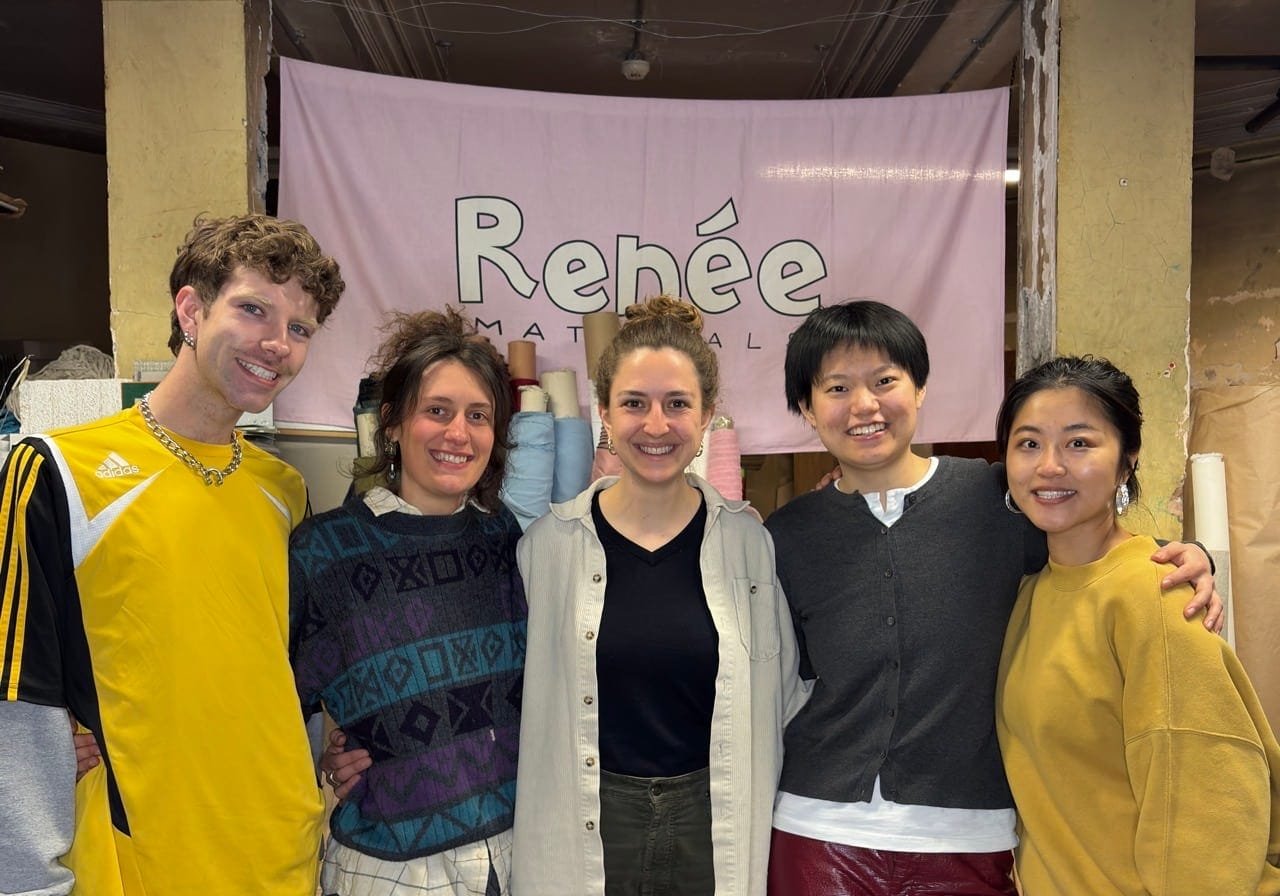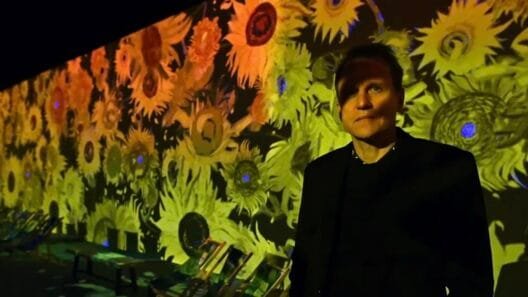In her mesmerising new series Awakened Imagination, surrealist photographer and artist Erika Zolli blends symbolic storytelling with ethereal visuals to explore themes of transformation, female identity, and intergenerational connection. Based in Milan, Zolli’s work touches on the metaphysical and poetic, inviting viewers to contemplate what lies beyond the surface. With recurring motifs like covered eyes, red threads, and butterflies, she creates imagery that feels both dreamlike and deeply rooted in emotional truth.
Your series “Awakened Imagination” is rich with symbolism—what was the initial spark or moment that inspired this project?
I wanted to create “Awakened Imagination” after reading a series of books about the creative power of imagination and how deeply it influences the reality we live in. From this concept, a series of images emerged, touching on various themes, including introspection understood as an inner journey.

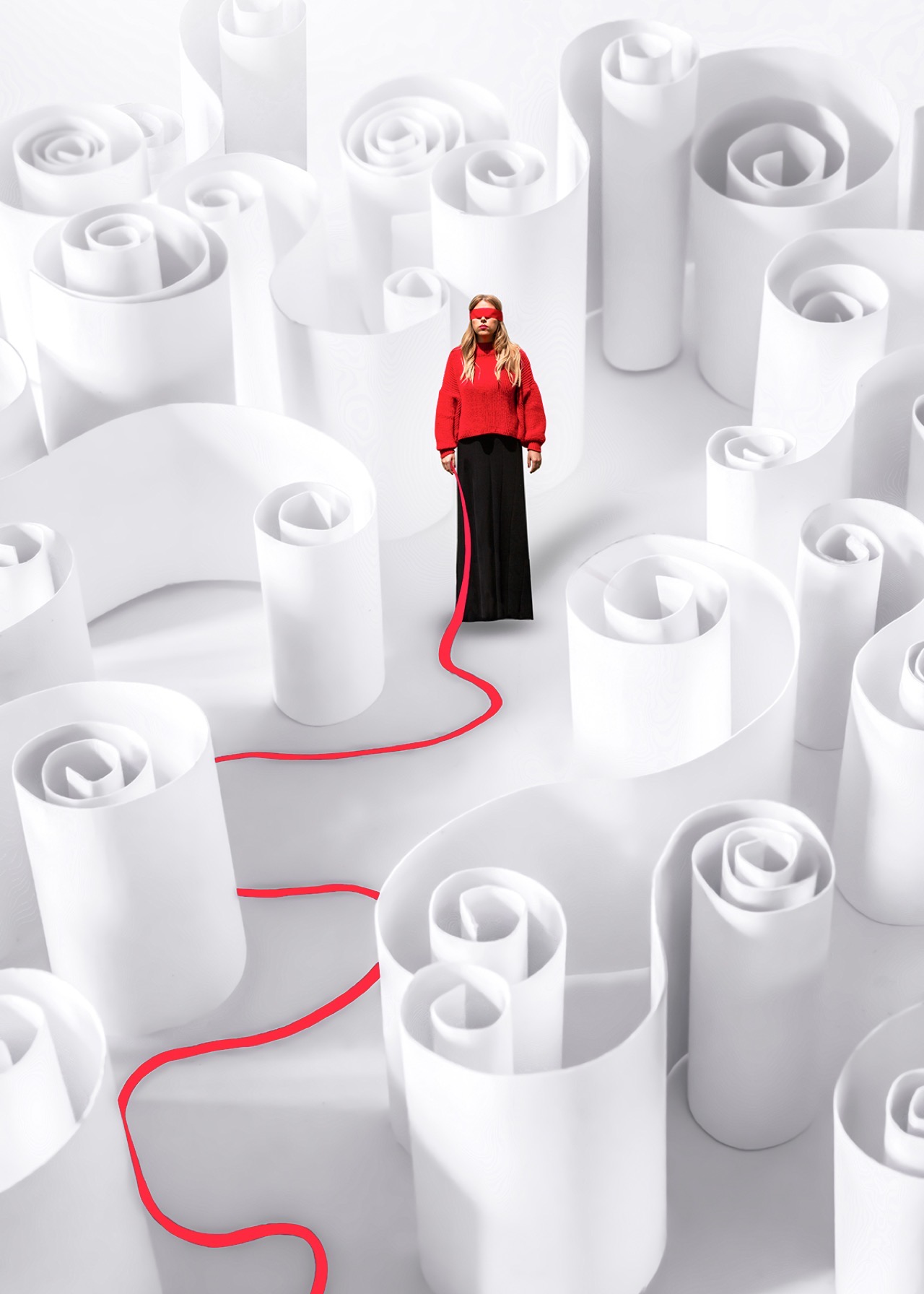
Covered eyes, red threads, origami, butterflies—each visual feels deliberate. Can you tell us more about the recurring symbols in the series and what they mean to you?
The concept of symbolism in my photography is extremely important. A symbol has the power to evoke in the viewer’s mind a meaning different from its physical appearance, thanks to a pre-established convention. In this project, I wanted to evoke various themes through symbols.
For example, the choice to depict a woman with her eyes covered recalls the Surrealist tradition, where the eye symbolizes access to the unconscious and the dreamlike dimension. Covering it represents an inner journey—an exploration of the deepest and most hidden emotions.
The use of butterflies and origami adds a dimension of lightness and transformation to the subject. Symbolism suggests an inner journey in which each image becomes a fragment of a larger narrative, telling stories of growth, unity, and rebirth.
Your work often explores the boundary between the real and the surreal. How do you strike that balance when constructing your images?
It is precisely through staged fiction that this point of union becomes possible—where the surreal enters into reality. By staged fiction, I mean a carefully planned setup before shooting, in which out-of-place elements are used and captured within an everyday, realistic context. It is these symbolic elements that allow the two worlds to merge.
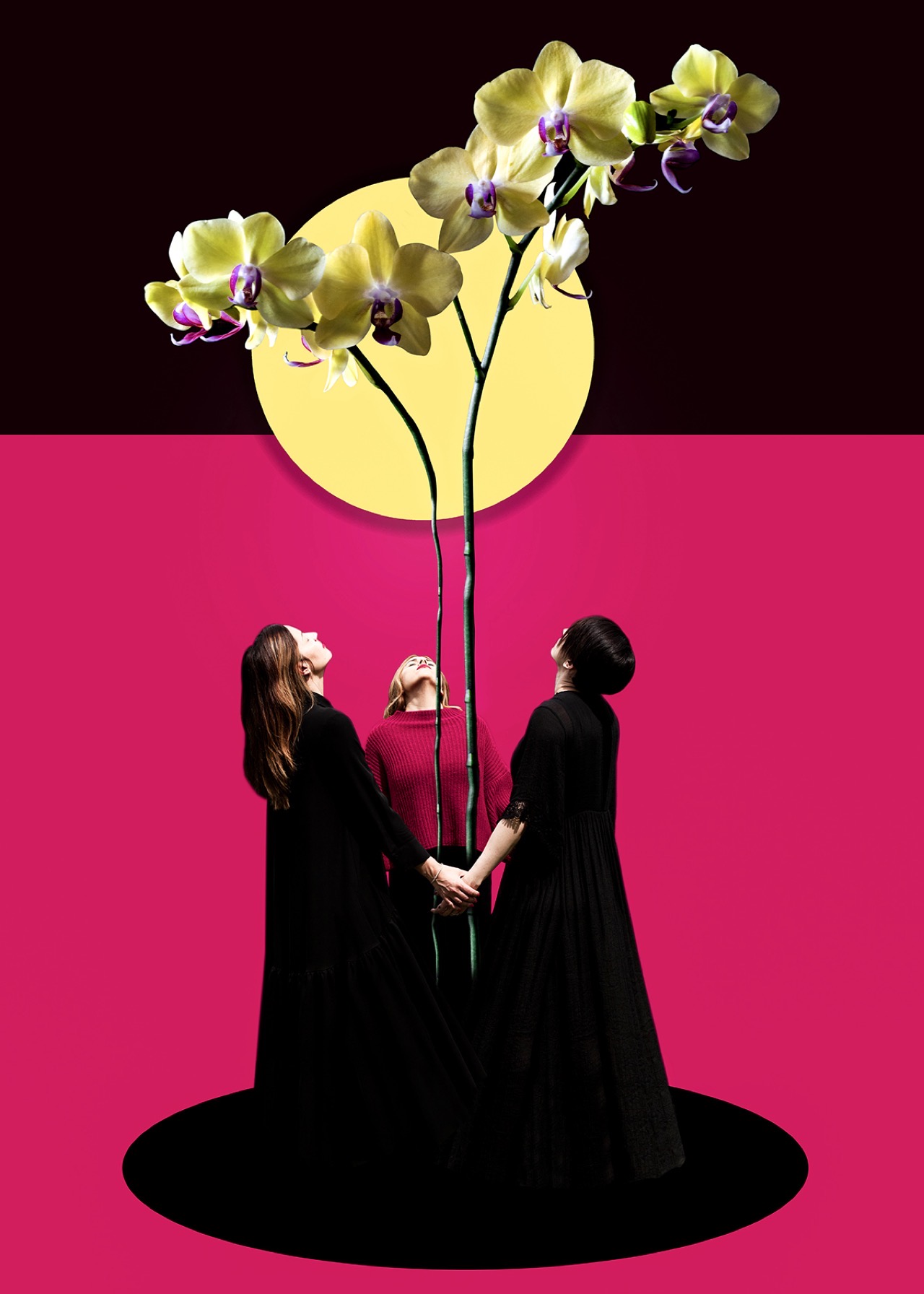
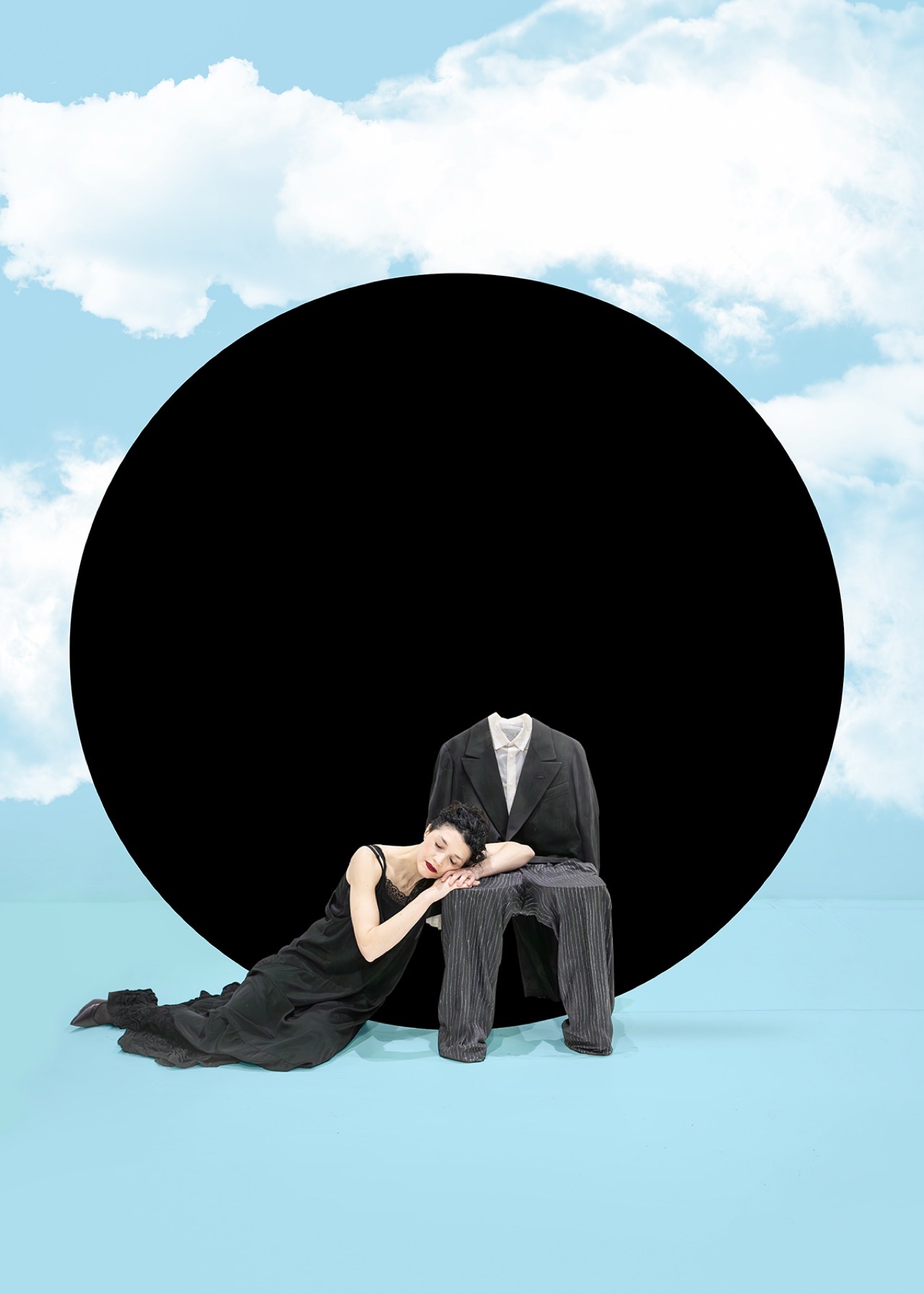
Female identity is at the heart of this series. How did your own experience as a woman influence the emotional and visual language of the work?
Absolutely. Every image I create, and the immersion into certain themes, is first and foremost a personal journey—an exploration of specific aspects I’ve encountered or connected with in some way.
There’s a strong intergenerational presence in “Awakened Imagination”—what message are you hoping to share about age, legacy, and womanhood?
This concept is clearly expressed in one particular image from the project, titled “Double Suspension.” In this image, I depict a young woman and an elderly woman looking into each other’s eyes while holding two red origami figures suspended in their palms.
This exchange of gazes between different generations is meant to represent the continuity of life, the transmission of wisdom, and the evolution of female identity over time.
The connection between youth and maturity is emphasized through the shared gesture involving the origami, suggesting that—despite the passage of time—there is a common thread that links the experiences and emotions of women across generations.
We are, in some way, part of what our ancestors once were; and so, to truly understand ourselves, we sometimes need to look back to our roots.
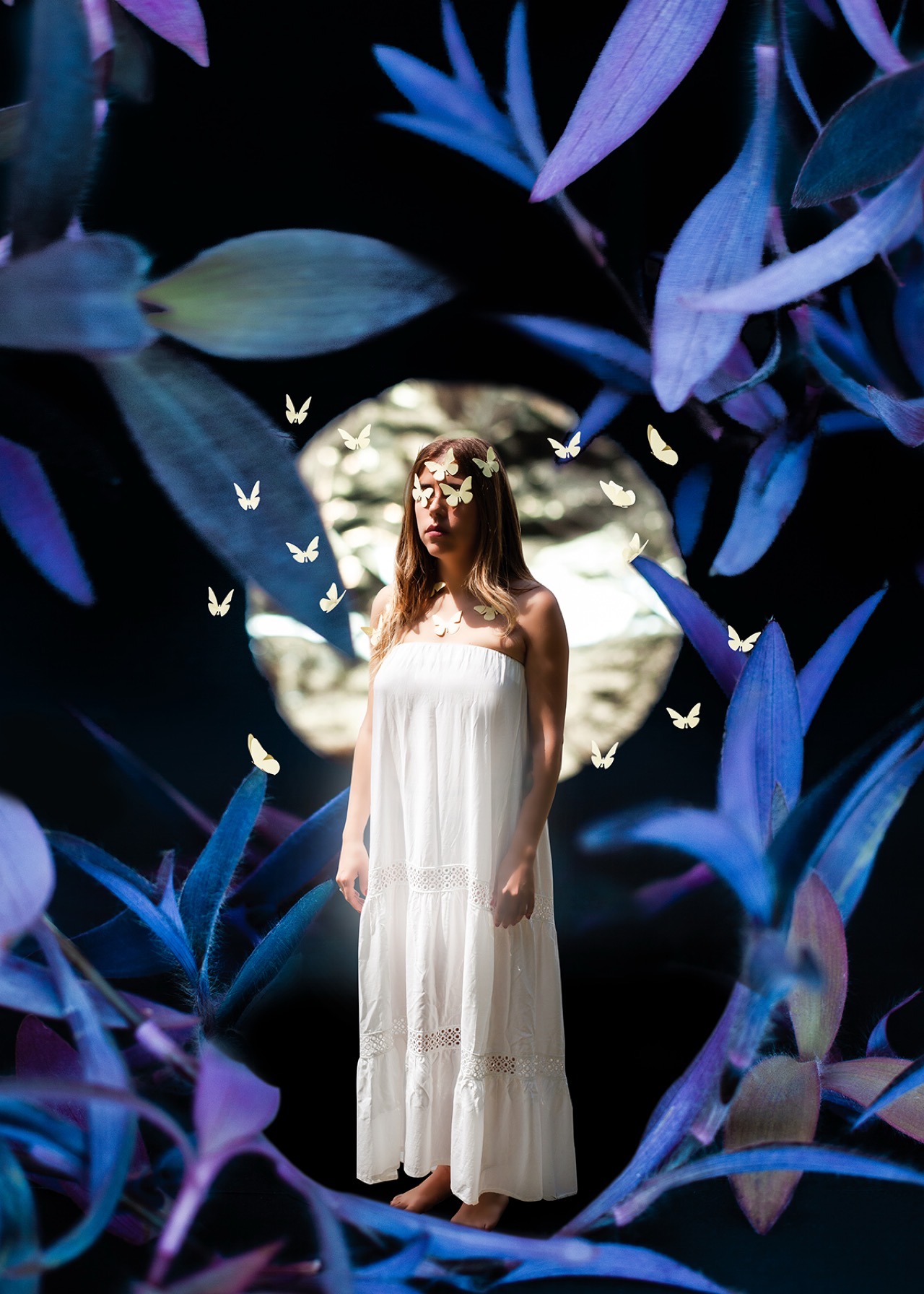
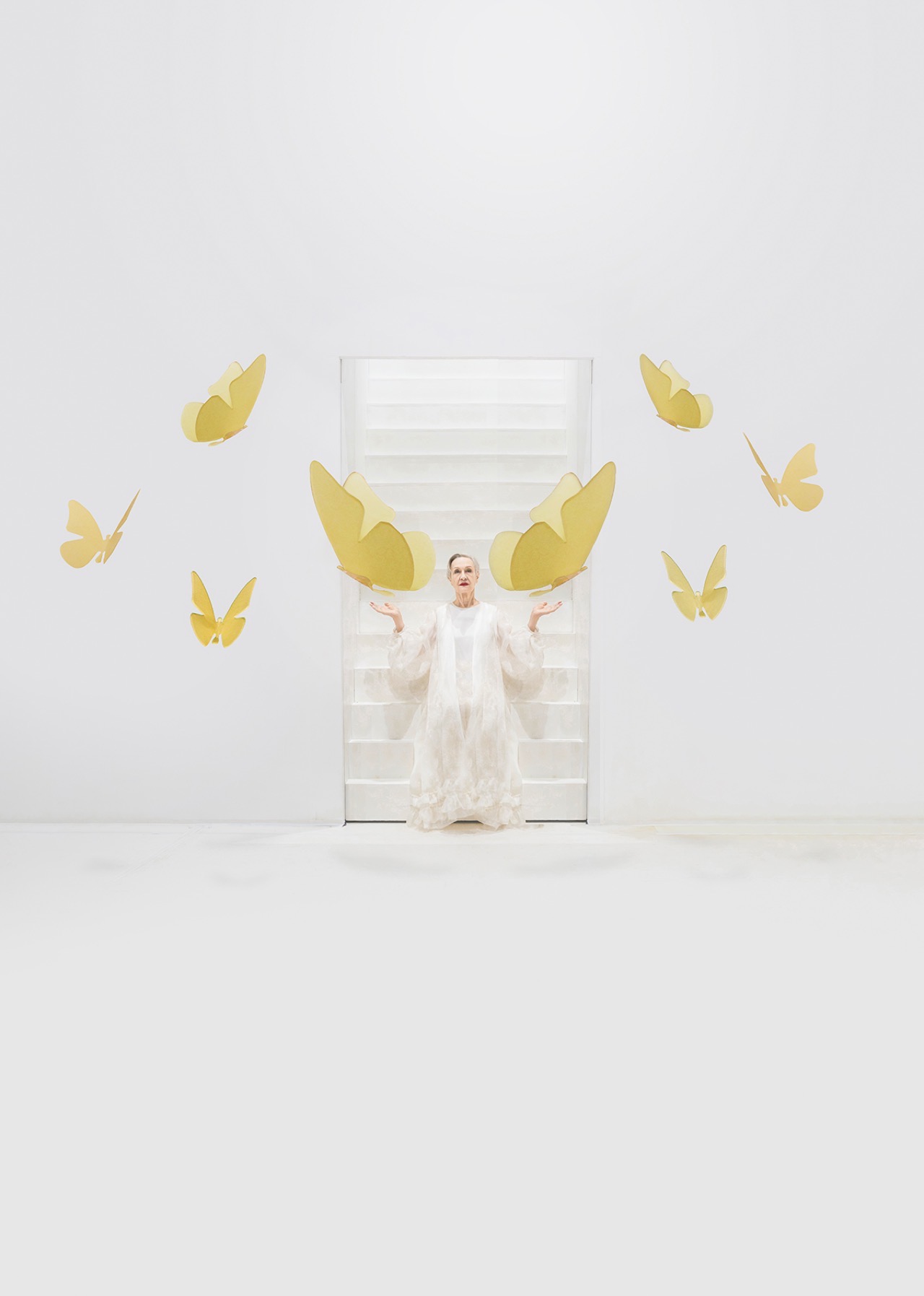
You describe your art as “poetic and metaphysical reflections.” In your view, what can surrealism communicate about reality that traditional portraiture cannot?
I believe its strength lies in its ability to help us understand reality in a broader way, challenging conventions and offering new perspectives on the human experience.
Surrealism, with its focus on dreams and the irrational, seeks to access parts of human experience that are often hidden by reason, opening new doors to understanding ourselves and the world. It explores the inner forces, desires, and fears that drive our actions.
Do you have any rituals or creative practices that help you access the subconscious world your photography often explores?
I believe that the most important thing in life is to identify with the divine spark within us, in order to fulfill the purpose of why we are here. Often, there are thoughts that stand in the way of this, as every idea we nurture tends to shape us in its own image and likeness.
The only true power we have is to carefully choose which idea we want to be shaped by.
This is why, before creating any image, I focus deeply on this point: observing my thoughts and choosing them with intention.
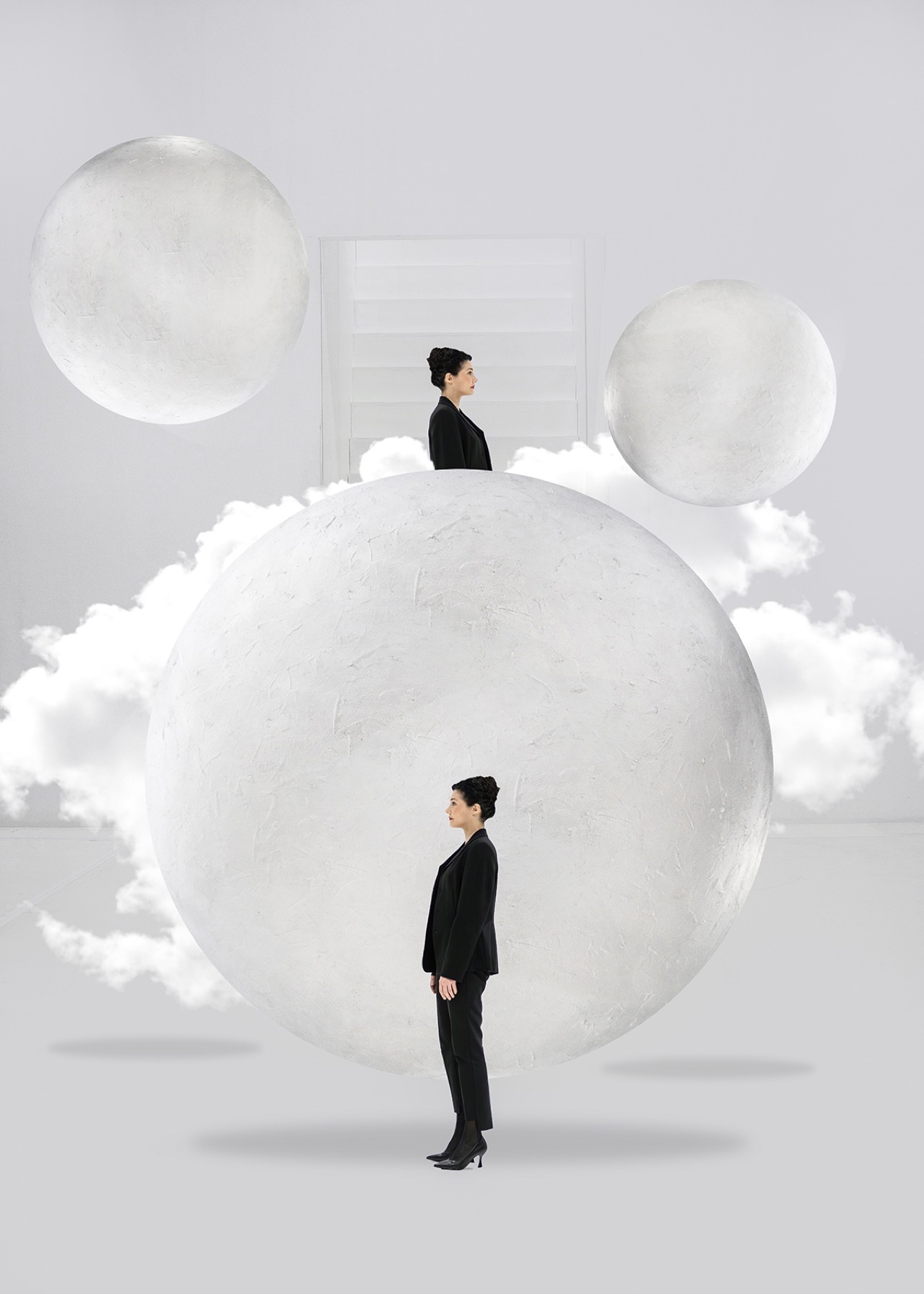
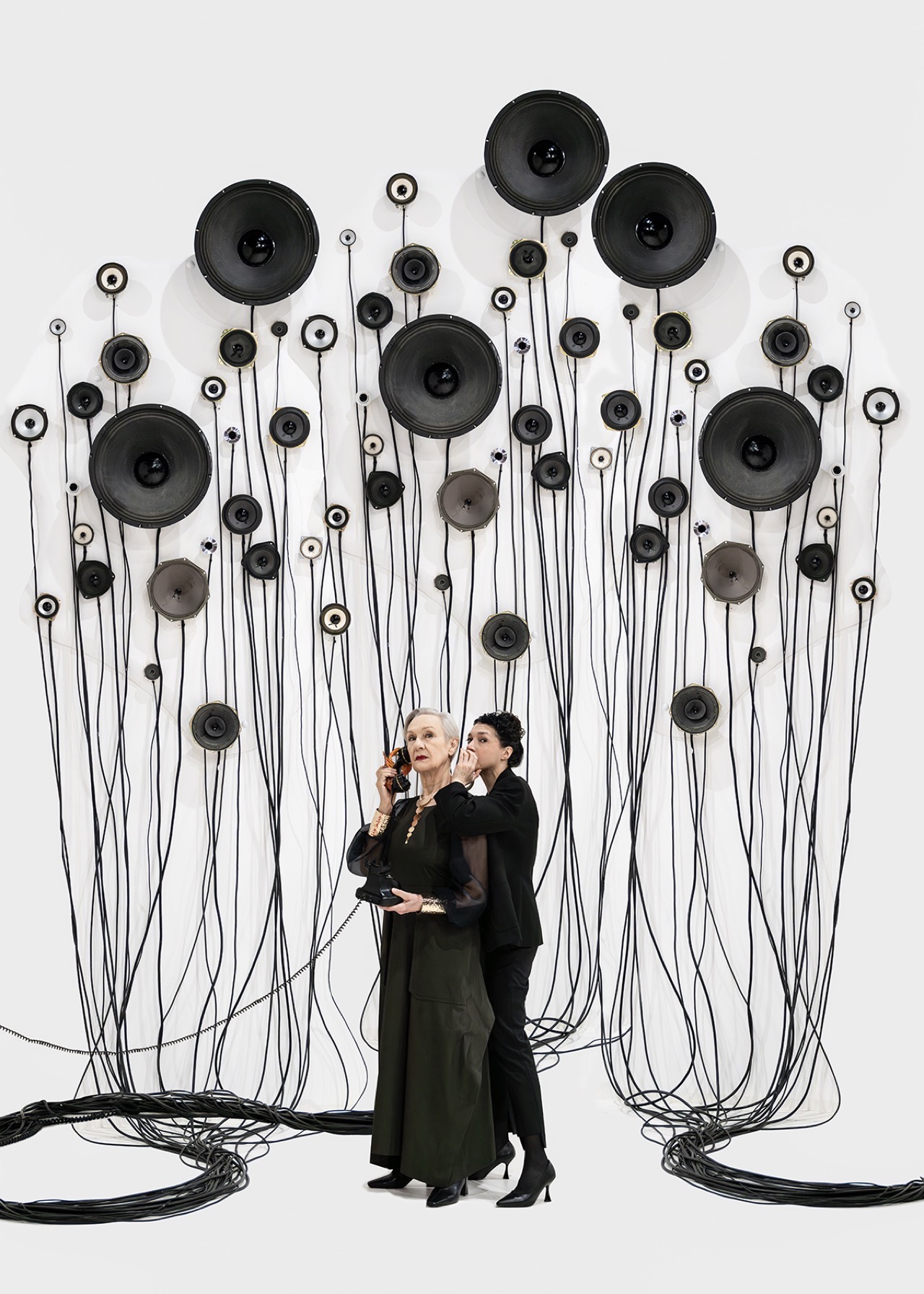
Much of your work feels like visual storytelling. If you could exhibit this series anywhere in Shoreditch, what kind of space or setting would feel right—and why?
I could see the images from this series displayed in two completely different contexts. The first would be in an outdoor setting, where the images could interact directly with the vibrant and creative soul typical of this neighborhood. The second context would be a place that inspires contemplation, such as a deconsecrated church.


